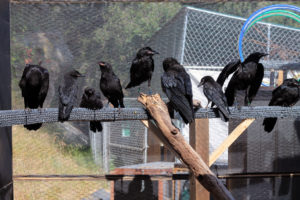Operation Hummer: The Not-So-Tiny World of Hummingbird Care at CWC
By Melissa Hartman, Administrative Assistant
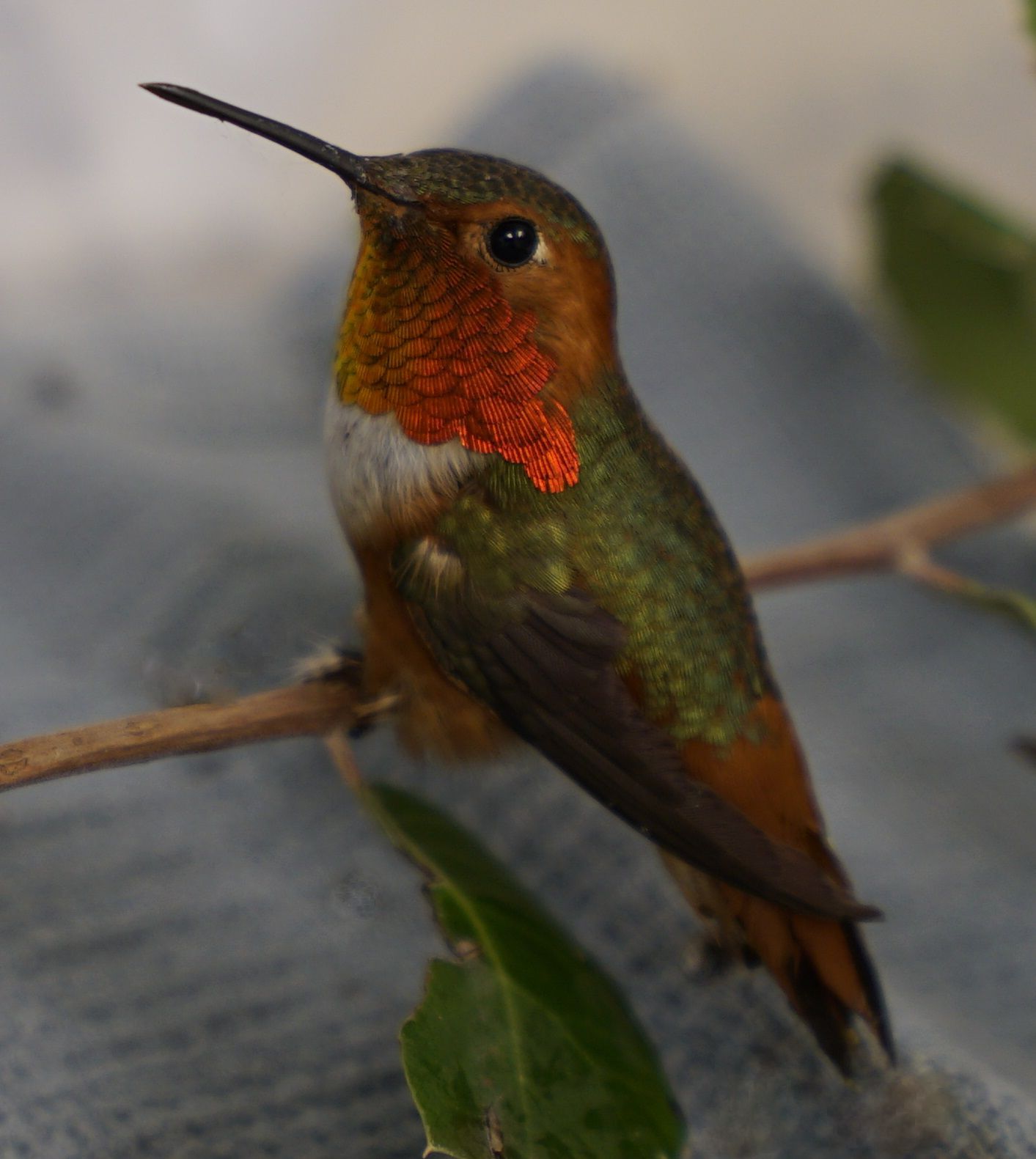
Allen’s Hummingbird
Photo by Jamie Pelayo
So far this year at California Wildlife Center, the Allen’s Hummingbird is in our “Top Ten” list, meaning it is among the ten most frequent species of the 4,000 animal patients who began their journey to healing up our steep driveway framed by fragrant pine and oak trees.
It’s interesting to note that the Allen’s Hummingbird, this year one of every 12 CWC clients, was relatively unknown south of Ventura County fifty years ago.
The hummingbird delights and perplexes. Poet Richard Burton cuts to the observer’s heart of the matter by asking “Is it a monster bee/Or is it a midget bird?” The hummingbird’s astounding aeronautics and spectacular plumage figure prominently in the cultures of indigenous people of both North and South America, both ancient and contemporary.
According to the Hummingbird Society (hummingbirdsociety.org), a Sedona, AZ-based educational and conservation nonprofit, here are the essential facts to know about these bejeweled stunt flyers:
- Of the 338 known species, 16 breed in the United States
- They are found only in the Americas
- It’s illegal to possess a hummingbird, feather, nest or any part of it without a permit
- Do not care for an injured or baby hummingbird without a licensed wildlife rehabilitator
In addition, some of the “fun facts” to know about the Hummingbird:
- Iridescent colors of the male’s gorget (throat) are actually caused by light refraction
- A unique figure-8 wing rotation allows forward, backward, sideways and straight up flight, as well as extensive hovering
- Up to 90 percent of flying time is spent hovering to feed
- They eat about 3 times their body weight per day
- Their average weight is less than a nickel
If you find a hummingbird in need of our help, line a small box with crumpled tissue. Make air holes. Gently pick up the hummingbird by the body and place it in the box. Place it in a quiet, dark location until you reach hospital staff.
Bonus question for the true hummingbird aficionada/o: What is a group of hummingbirds called?
A. A Charm


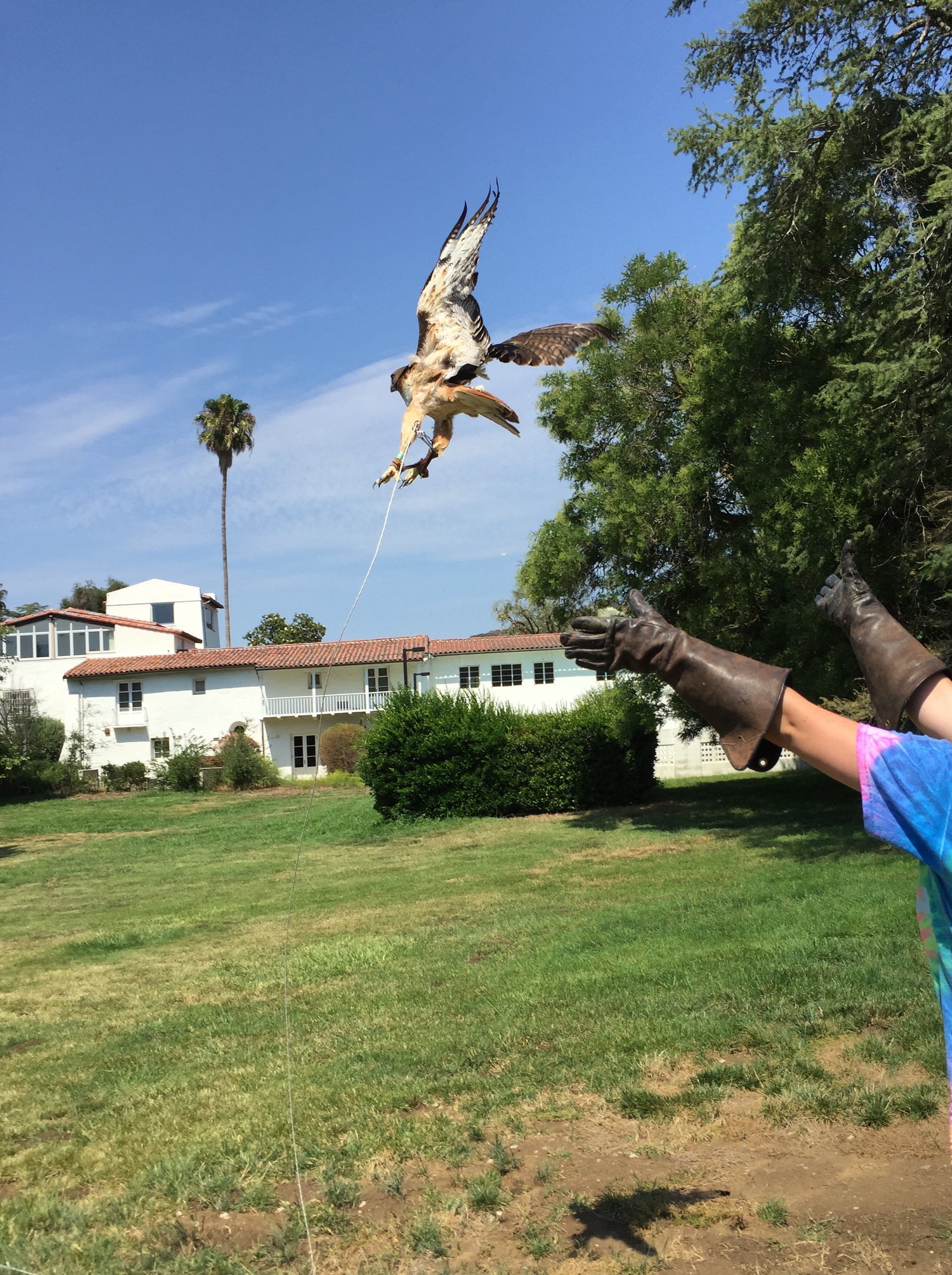
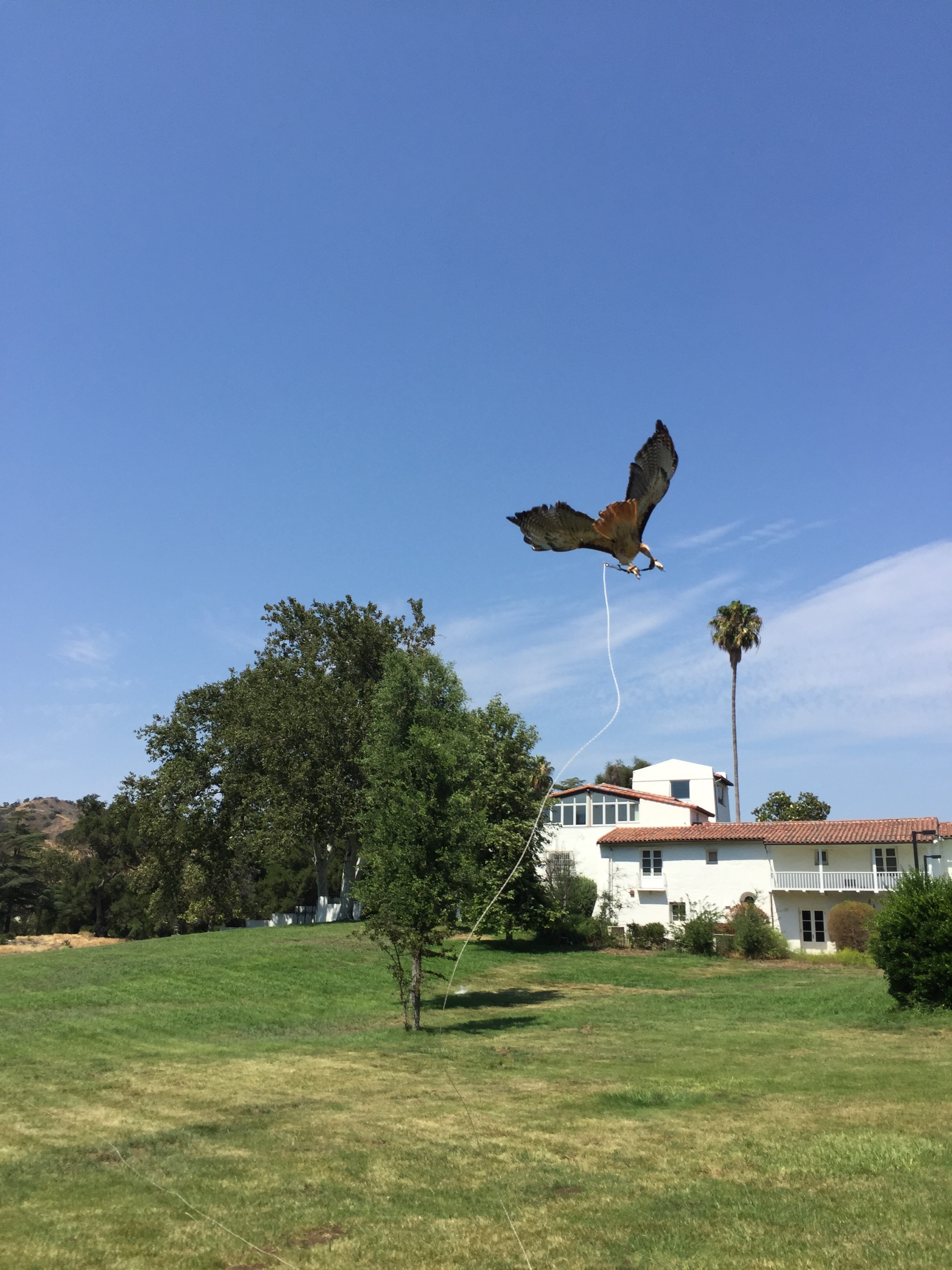
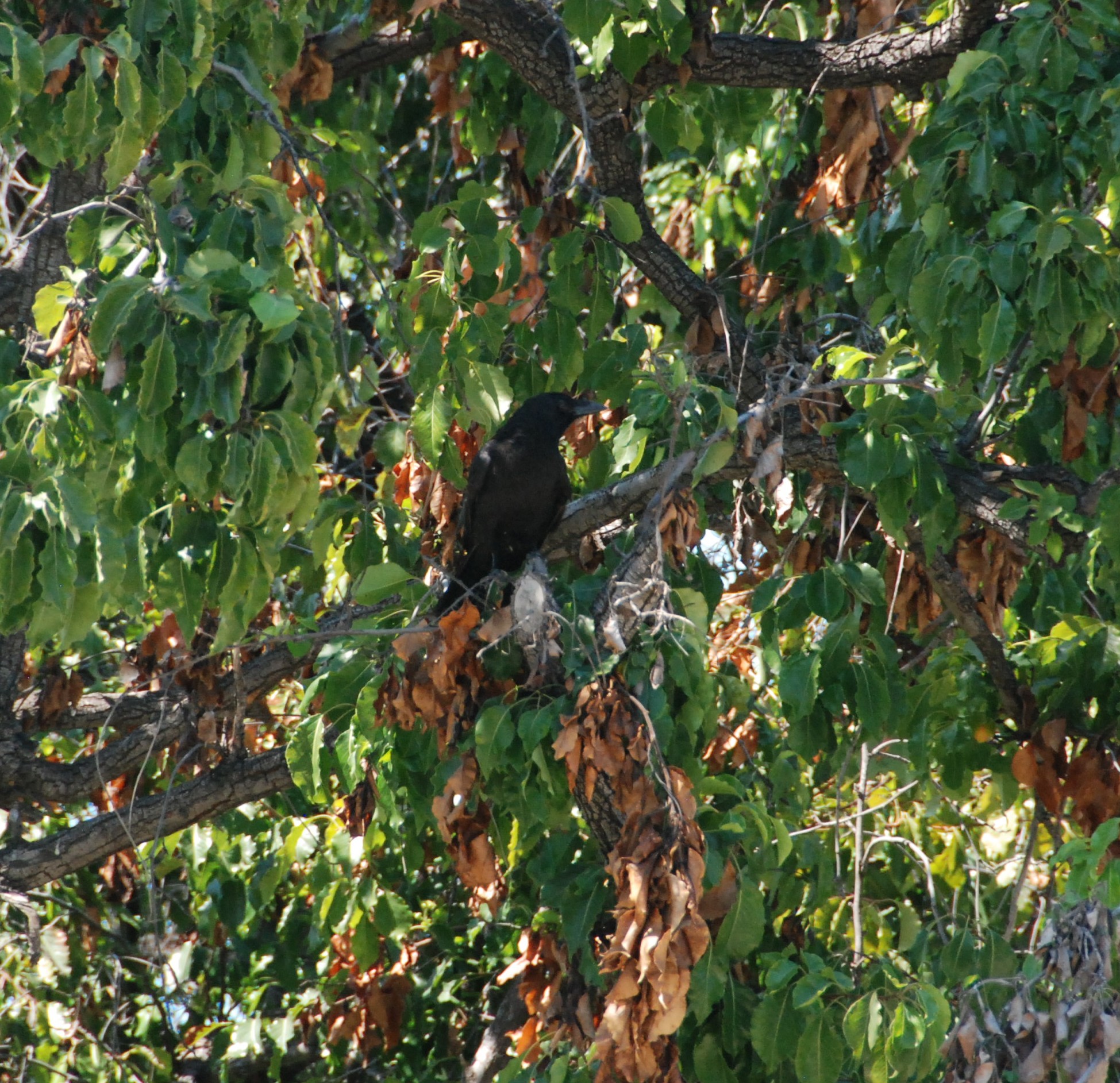
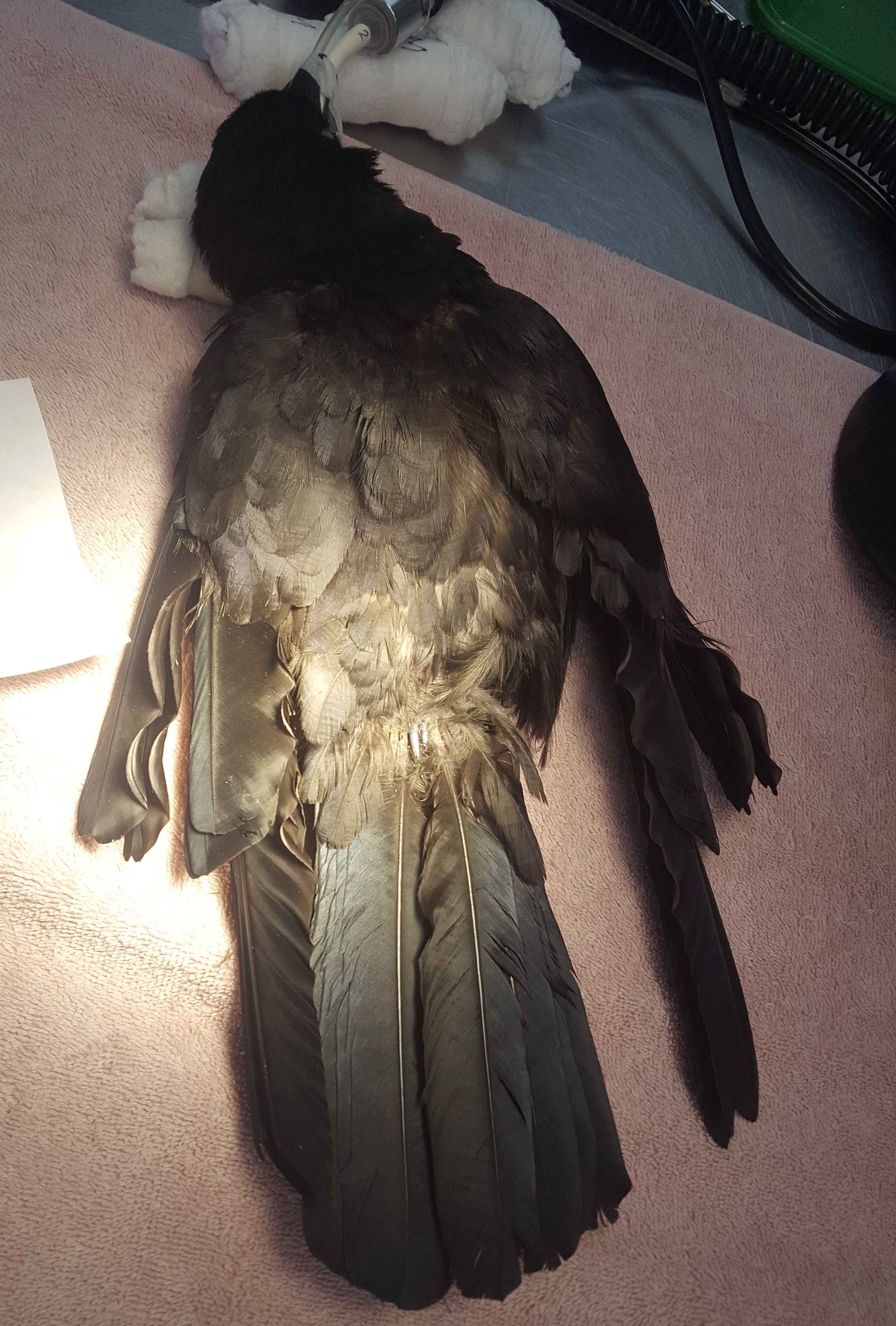
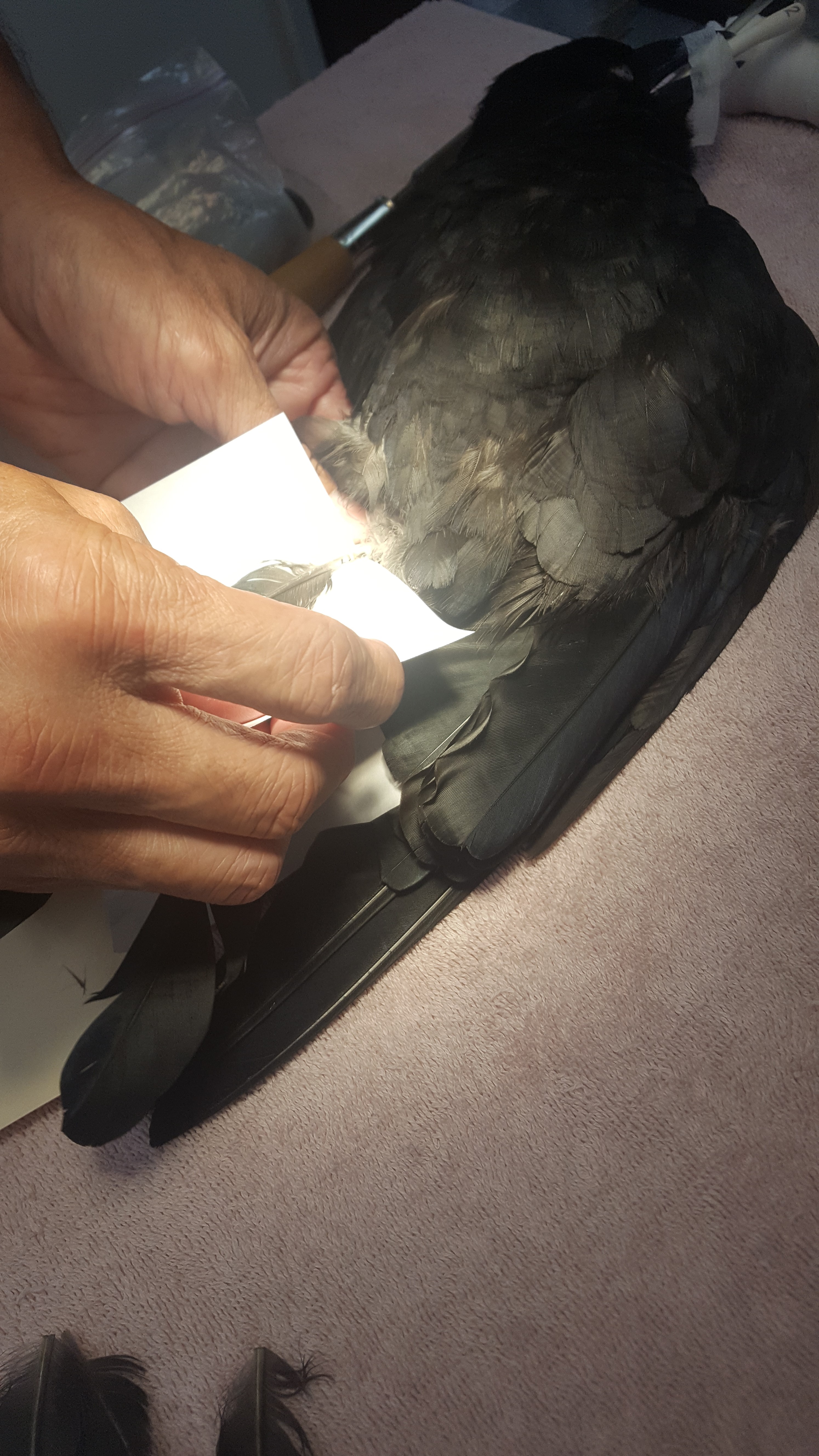
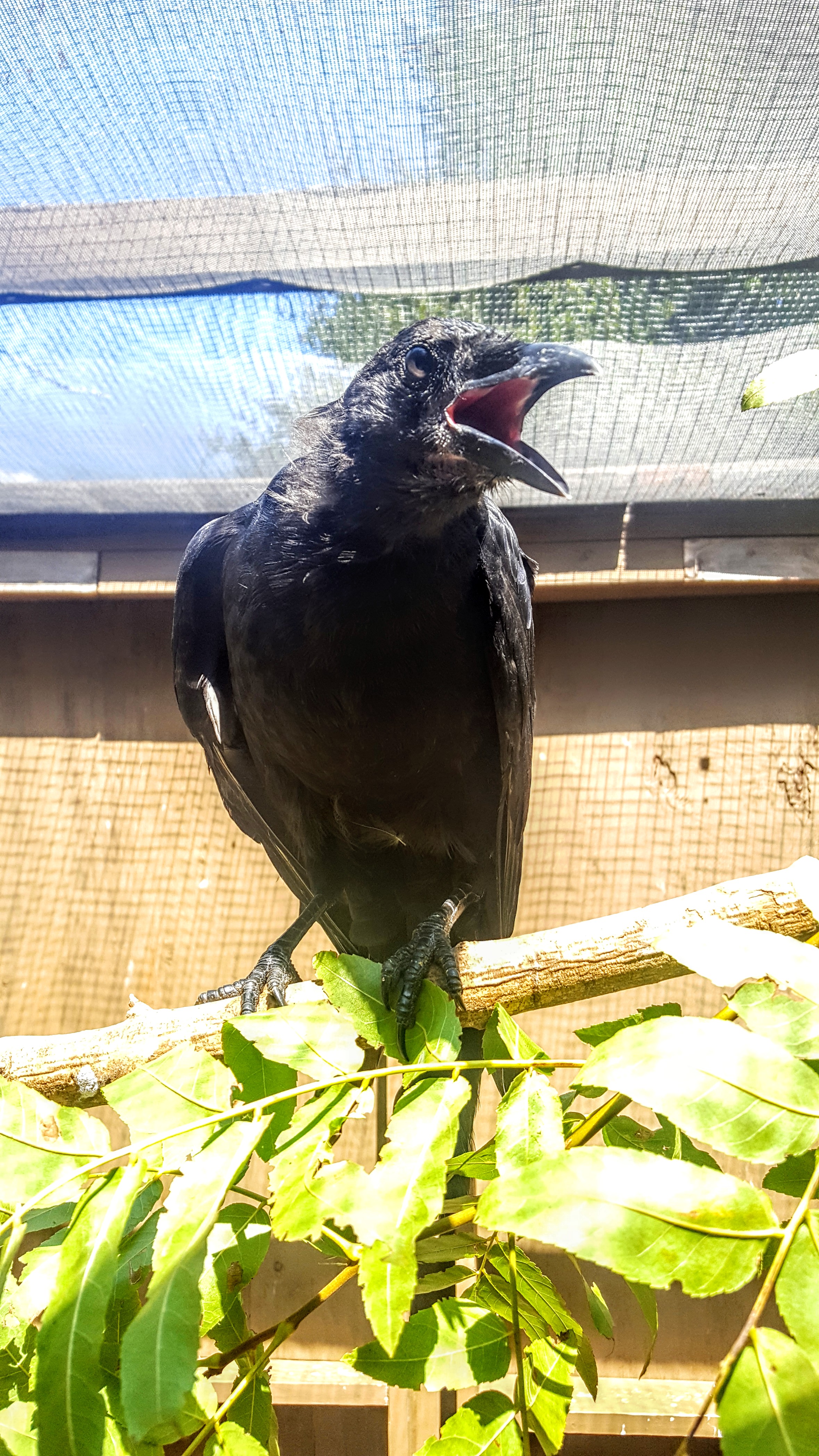

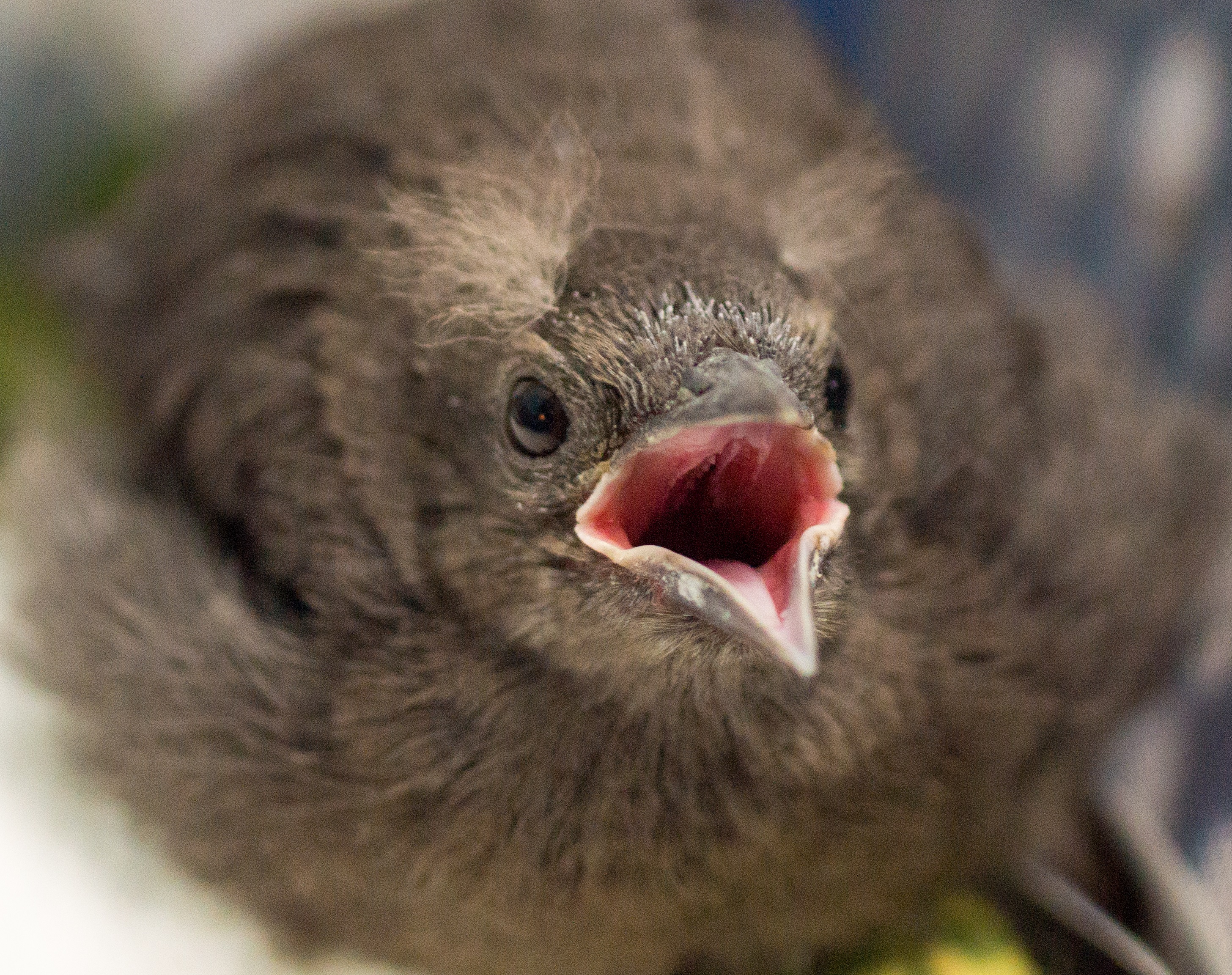

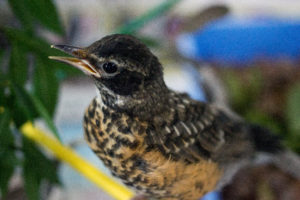
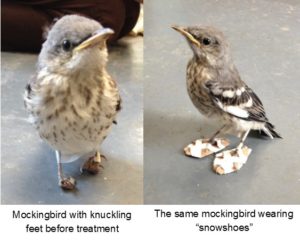 the bird to have to stand on the tops of her toes which were curled under and causing her additional injury.
the bird to have to stand on the tops of her toes which were curled under and causing her additional injury.